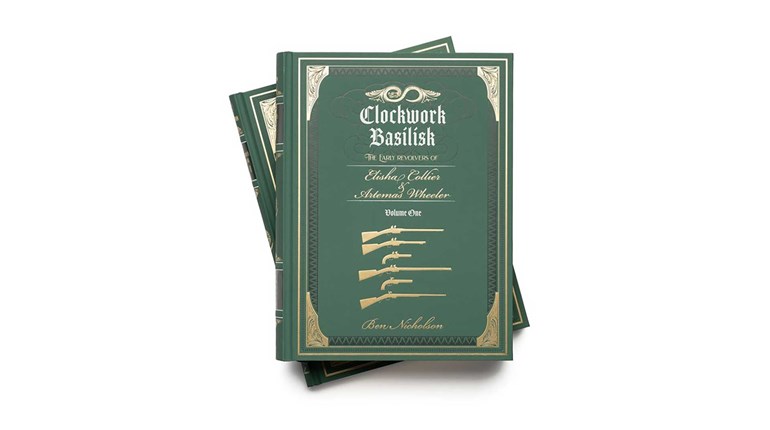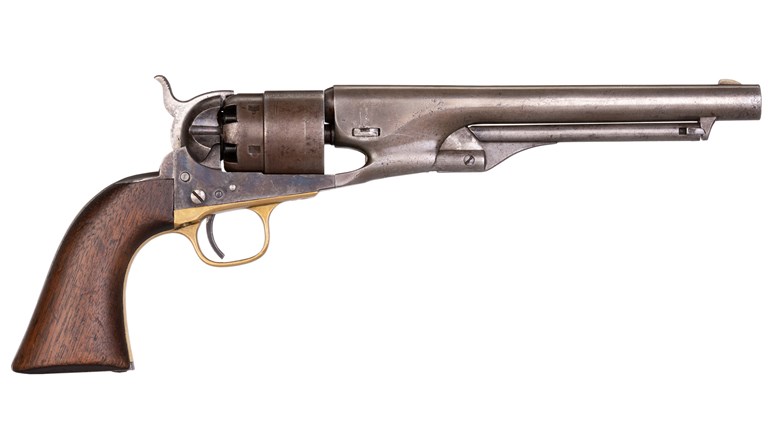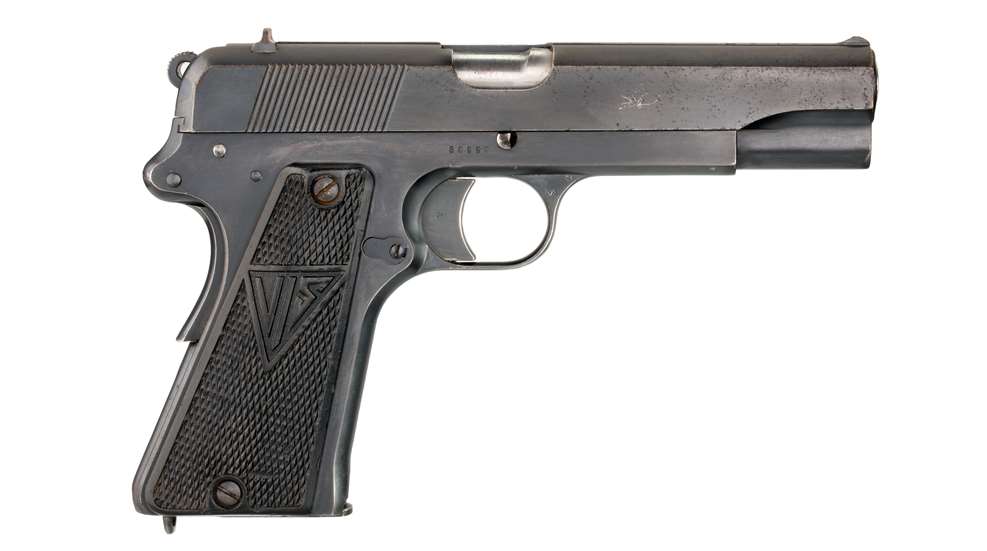
When you think of the great arms centers of 20th century Europe, names like Liège, Oberndorf, Zella-Mehlis, and Birmingham immediately jump to mind. The name Fabryka Broni is not one that is popularly recognizable, nor is it even easily pronounced. Located 65 miles directly south of Warsaw is the city of Radom, the home of the Polish Arms Factory (Fabryka Broni, or FB for short) since 1922.
I try to make the most of every opportunity that comes my way, and I was asked by Bob Bell, the author of numerous books on Mausers, to help the widow of one of his friends evaluate her late husband’s collection. David Stefanye was the chief scientist of the U.S. Army Research and Development Command at Fort Belvoir, VA, and the leading expert on early Mausers. He had an extensive collection of European arms, and I received quite the education while I researched and examined every item in his inventory.
I opened one box that held nearly a dozen semi-automatic pistols with which I had zero familiarity: the Polish VIS 35. Each one represented a different configuration that could be found during its short decade of production. Not only was I enthralled by them, but once I acquired one for myself a few years later, it instantly became my favorite 9 mm.
There is a fair bit of confusion over the exact nomenclature to use in describing this 9 mm semi-clone of the 1911. The slide of the pistol is inscribed “F.B. RADOM VIS Mod 35.” The FB moniker, as previously mentioned, stands for Fabryka Broni, or “arms factory” in Polish. For most of its production, “FB” was cast into the left grip panel and “VIS” into the right. The word VIS appears on the earliest examples of the slide, and can be a source of confusion.
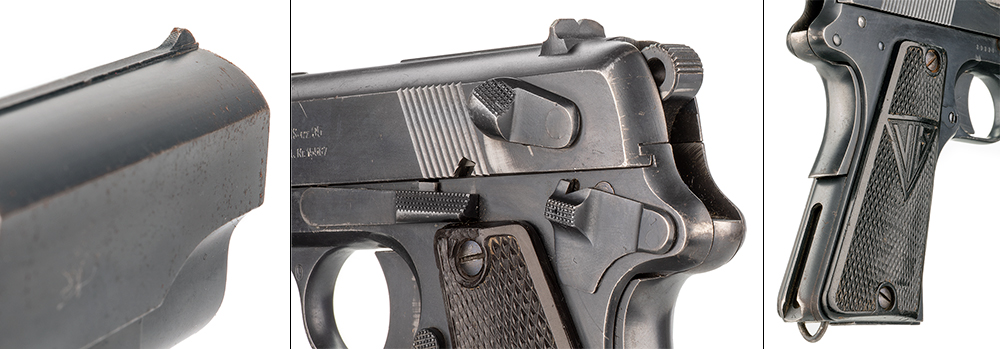
The pistol was designed by Polish small-arms designers Piotr Wilniewczyc and Jan Skrzypiński. The combination of the initials of their last names would be WS, or in Polish, WIS, where the “I” translates to the word “and.” Pronouncing the letter “W” in Polish would sound like you were saying the letter “V,” which isn’t to be found in the Polish alphabet. Others have postulated that “vis” is the Latin word for strength and that was the name of the model. No matter how you say or write it, the correct name is the VIS Model 35. English-speaking collectors have taken to calling it after the town in which they were made: Radom.
The story of how the VIS Model 35 came into being the standard sidearm of the Polish military is fairly humorous and is similar to how Eli Whitney and Samuel Colt found themselves with large military arms contracts in the 19th century. In 1929, the Polish military entered into negotiations with CZ to license and manufacture a version of the vz-24 pistol in .380 ACP. Wilniewczyc and Skrzypiński found out about this arrangement after the contracts had been signed, and petitioned the Polish military to halt the process and consider their home-grown pistol, which they said would be better, cheaper to produce and a pure product of Poland. (Sounds familiar, doesn’t it?) They forwarded a hurried shop drawing of a 9 mm copy of the Browning-designed 1911 and succeeded in getting their pistol considered.
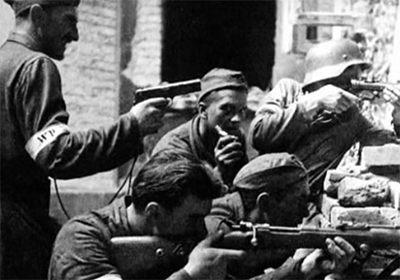
After nearly five years of trials and tests, their pistol—the VIS—was adopted by the Polish military in 1935, hence the “Mod 35” as written on its slide. It has a short-recoil operating system and bears numerous design elements found in Browning’s earlier 1911 and Hi Power pistols. It holds eight rounds in the magazine and handles just like the 1911. The two pistols are so close in resemblance and design that some minor parts can actually be interchanged between the two.
Production began in 1936 and continued until the German invasion of Poland in September of 1939. About 50,000 pre-war pistols were manufactured at FB, which was one of the first factories in all of Europe to incorporate employee-friendly amenities like today’s tech giants. The 4,000 workers had a theater, store, decent housing, sports leagues and even an orchestra. The pre-war VIS has a Polish eagle engraved on the slide along with the year of manufacture.
The invading Germans quickly took control of the factory and resumed production of the pistol for the rest of the war, producing some 350,000 pistols. Known as 9 mm Pistole 645(p), by the Germans, it was favored by the Kriegsmarine and Fallschirmjägers. Wartime expediencies necessitated various modifications to the production of the pistol that included a phosphate finish that replaced the original polished blue, elimination of the shoulder stock slot, plain wood grips and the removal of the takedown latch.
In an effort to prevent the Polish factory workers from stealing pistols from the factory to supply them to Polish resistance forces, the Germans arraigned for the manufacture of the barrels and final assembly of the pistols to take place at the Steyr factory in Austria. Eventually, as the Red Army advanced, the entire VIS production was moved to Austria.
Production was resumed in 1997 for a special run of two dozen VIS Model 35s, and now they are again in production at the original FB factory in Radom, along with a number of other Polish military weapons currently in use.












